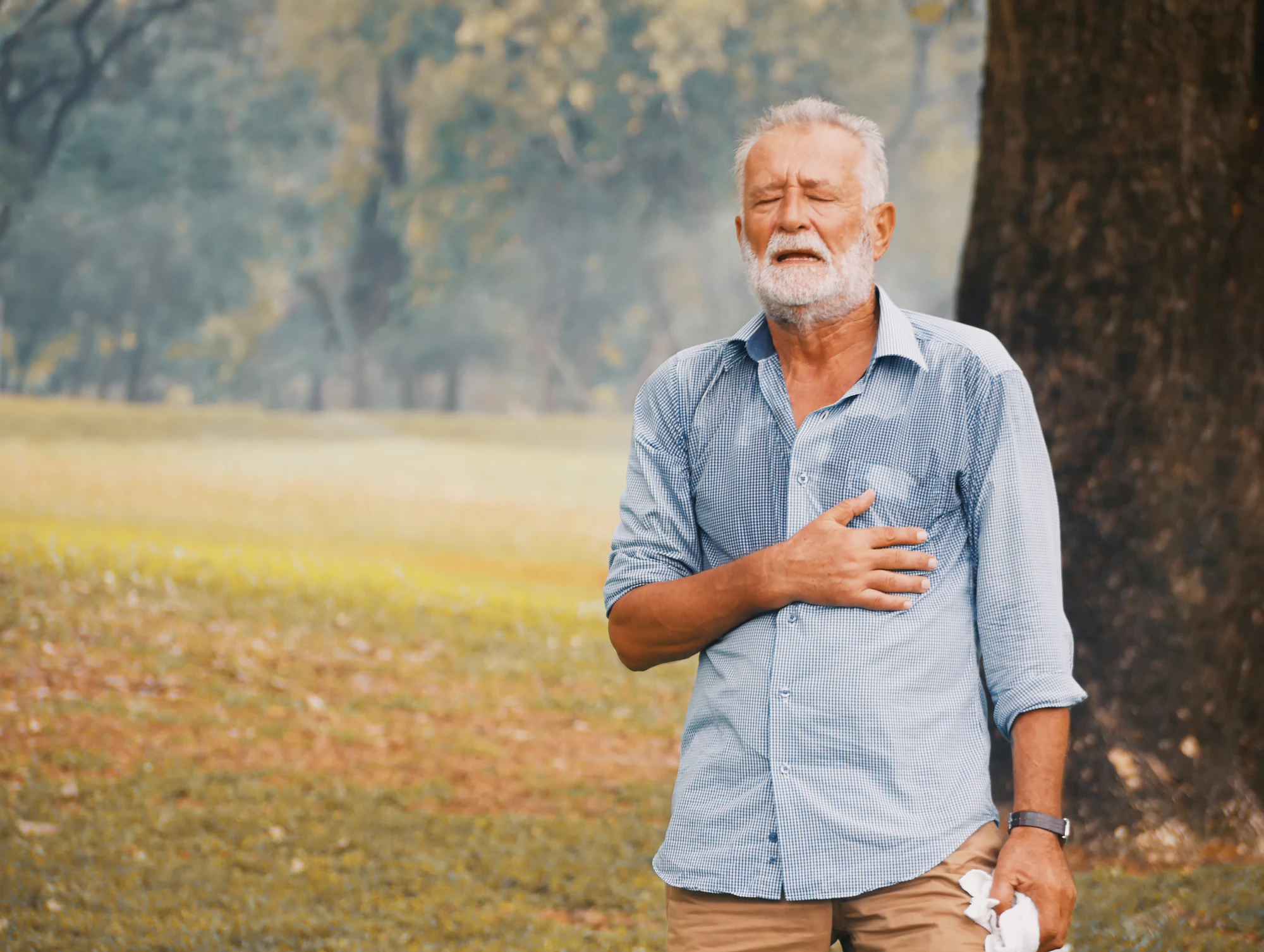How to Help a Person with Heat Stroke
Common Injuries
•
Jul 12, 2022
Reviewed by: Jeffrey Peebles, M.D

Knowing how to help a person with heat stroke can be a life-saving skill. Although the summer season is a time when being outside and soaking up the sun is more inviting, it can also be incredibly dangerous. As the temperatures rise around this part of the year, staying cool should be a top priority to avoid becoming a victim of heat stroke.
Unfortunately, heat stroke is one of the most common summer injuries a person can experience and can be fatal if not treated immediately. It is important to be educated on what to do if a friend or loved one is showing the warning signs of heat stroke. If you notice a person has hot or red skin with little to no sweat, becomes faint or confused, vomits, or passes out, they are likely experiencing heat stroke. Seek out emergency heat stroke treatment immediately.
What 4 things should you do with a person who has heat stroke?
Remove the person from the heat immediately
It is crucial that a heat stroke victim is taken out of the heat, otherwise, the condition will continue to worsen. Do whatever you can to move the person to an air-conditioned environment — or, if that is not available, a cool or shady area. Remove any unnecessary clothing that may be trapping in heat and begin administering first aid if necessary.
Call 911
Heat strokes are best treated by medical professionals, so if you notice any signs of an oncoming stroke, you should call 911 immediately. If there is a delay in emergency help, call the hospital and ask for emergency instructions. Heat stroke treatment at home should only be necessary as you wait for medical help to arrive.
Try to lower their body temperature
What is the most important treatment for a heat stroke victim? Cooling their body temperature. Once you have relocated the person to a cooler area and have called 911, begin trying to lower their body temperature. You can do this by:
- Putting the person in a cool tub or shower
- Damping their skin with cool water cloths
- Placing ice packs to the person’s armpits, groin, neck, and back*
Can drinking cold water lower your body temperature? In regular circumstances, yes, but you should NOT give a heat stroke victim cold or chilled water because it can cause their body to cramp up or go into shock. Give them room temperature water to drink (no sugary, caffeinated, or alcoholic beverages!) to help lower their temperature. Decaffeinated sports drinks with electrolytes are also okay.
*DO NOT use ice or ice-cold water for heat stroke victims who are elderly, children/infants, or people with chronic illnesses. This can be very dangerous as the body may go into shock. Use cool to cold water instead.
Stay with the person until help arrives
Never leave a heat stroke victim alone. Monitor them as you perform the heat stroke treatment at home to cool and rehydrate them. If they begin to shiver, reduce the cooling methods until the shivering stops. If the person is, or becomes, unresponsive, stay with them until medical help arrives, or if there is a delay, bring them to an emergency room as soon as possible. Prepare to give the person CPR if necessary.
Once the heat stroke victim is in emergency care, the medical staff will likely give them IV fluids for dehydration and may be given cold-water immersion therapy in order to get their body temperature back to a stable temperature.
How long does it take to get over heat stroke?
Typically, a person will take around 1–2 days to recover from heat stroke granted no internal organ damage was done. If the person is showing signs of organ damage as a result of the heat stroke, that person could be in recovery for two months up to a year.
It’s likely that the heat stroke victim may be dealing with a severe sunburn as well, so knowing how to treat sunburn can be beneficial for recovery. This includes keeping them hydrated and their skin moisturized to lessen the damage.
Complete Care is fully equipped to treat heat stroke victims
The answer to how to help a person with heat stroke is to seek emergency care and cool them off as best as you can. Because heat stroke victims need care fast, it’s crucial to bring them to a location that has minimal wait times and can treat them as soon as possible. Complete Care is a hospital-grade emergency room facility that is fully equipped to treat heat stroke victims.
Complete Care has ER locations in both Texas (Austin, Corpus Christi, San Antonio, Dallas/Fort Worth, Tyler, and Lubbock) and Colorado (Colorado Springs) that are open 24/7 for any heat-related emergencies.
Remember, the best way to prevent heat stroke is to stay out of the sun as much as possible. If that isn’t an option (we understand, it’s summer) wear protective clothing and sunscreen and drink plenty of water to avoid overheating. Be sure to follow Complete Care on social media to stay updated on our tips and tricks for having a safe summer.
More Helpful Articles by Complete Care:
